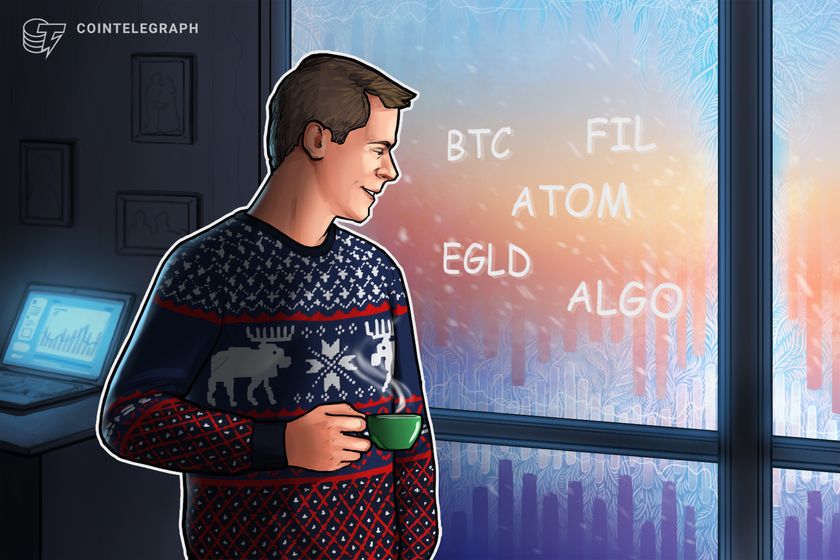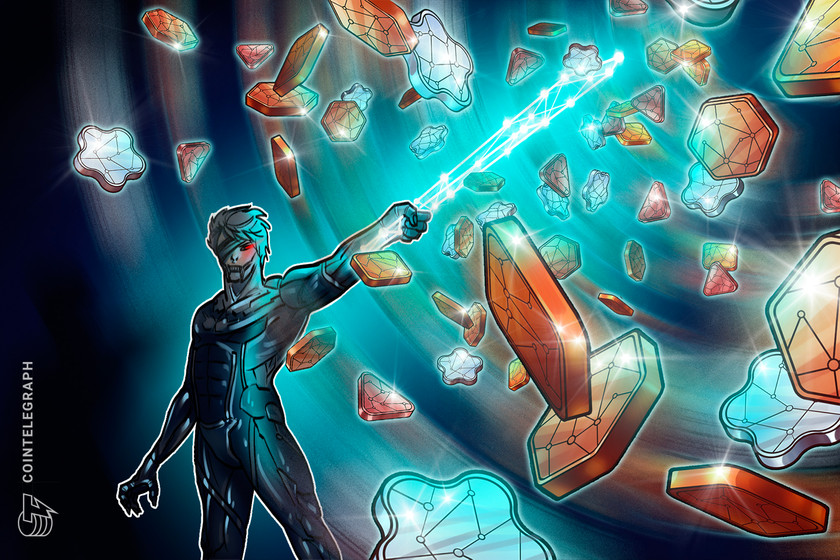Bitcoin's 8-week win streak is in danger, but ATOM, FIL, EGLD, and ALGO don't care


Bitcoin is set to break its eight-week winning streak, but that has not affected the prospects of ATOM, FIL, EGLD, and ALGO, which look strong on the charts.
Bitcoin’s (BTC) eight-week winning streak is likely to end as the price is down nearly 4% this week. The recent weakness indicates profit-booking by traders but it does not change the short-term uptrend. The pullback will also help reduce the froth that may have been building.
After the initial shakeout, strong hands are likely to re-enter the crypto market as the macro environment remains bullish for risk-assets. The decision by the Federal Reserve to pause rate hikes and possibly reduce rates in 2024 could further boost demand for crypto products.
However, nothing goes up in a straight line. After sharp rallies, traders generally book profits and shift their focus to other coins. As Bitcoin takes a breather, traders’ are likely to turn their attention to select altcoins.

















































